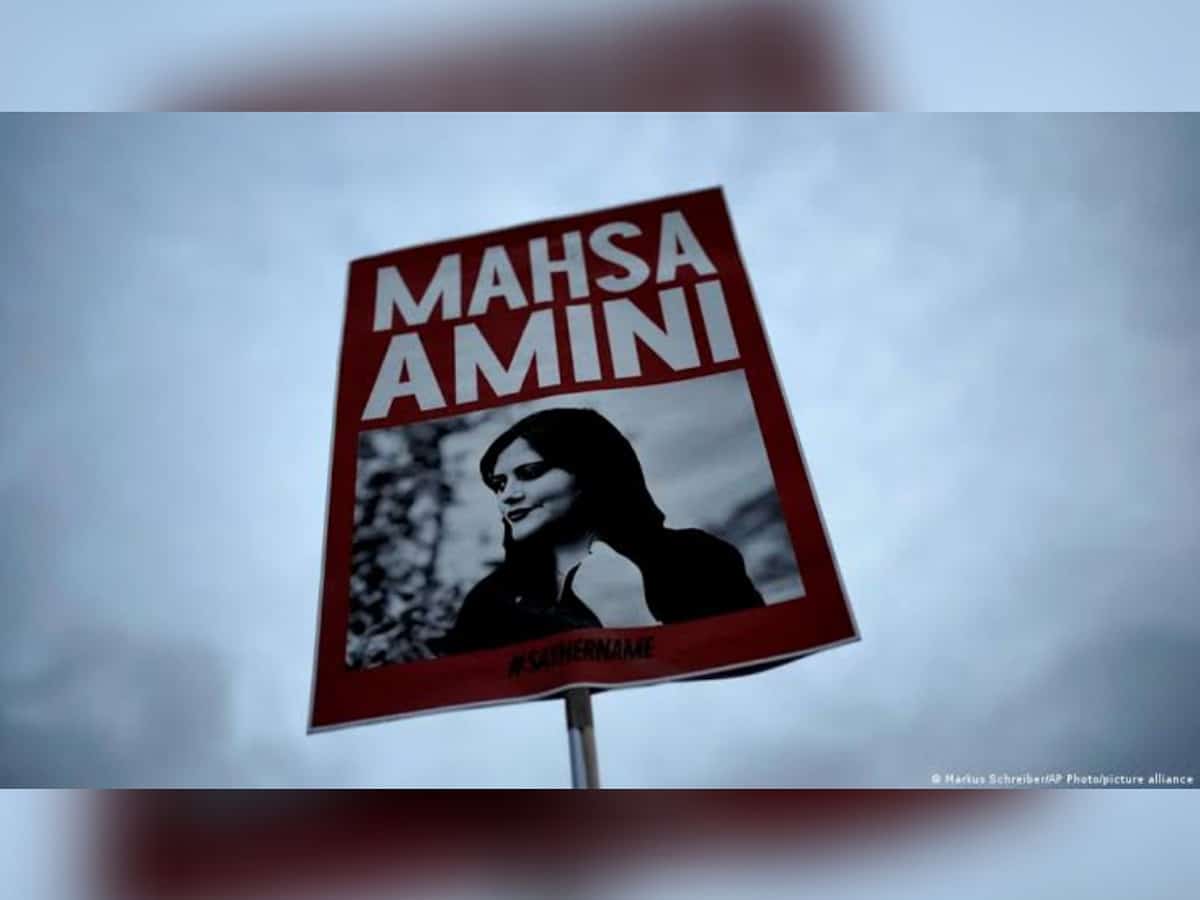
Iran has disbanded its morality police following more than two months of demonstrations that were started by Mahsa Amini’s detention for allegedly breaking the nation’s stringent female clothing code, several media reports said.
Since the 22-year-old Iranian of Kurdish ancestry passed away on September 16, three days after her detention by the morality police in Tehran, protests spearheaded by women that the authorities have dubbed “riots” have erupted across Iran.
“Morality police have nothing to do with the judiciary and have been disbanded,” said Attorney General Mohammad Jafar Montazeri, according to a report by the ISNA news agency.
According to the article, he made his remark in response to a participant’s question about “why the morality police were being shut down” during a religious conference.
Under the hardline president Mahmoud Ahmadinejad, the morality police, technically called as the Gasht-e Ershad or ‘Guidance Patrol,’ were founded to “promote the culture of modesty and hijab.”
Patrols by these troops started in 2006.
A day after Montazeri stated that “both parliament and the judiciary are working (on the matter)” of whether the legislation mandating women to wear their heads needed to be altered, it was announced that they will be abolished.
In televised remarks on Saturday, President Ebrahim Raisi noted that while Iran’s republican and Islamic roots were firmly rooted in the constitution, “there are means of executing the constitution that might be flexible.”
Four years after the 1979 revolution that established the Islamic Republic of Iran and toppled the US-backed monarchy, the hijab was made obligatory.
Before beginning to crack down and arrest women 15 years ago, morality police officials first issued warnings.
Men in green uniforms and women wearing black chadors, which cover their upper bodies and heads, often made up the vice squads.



